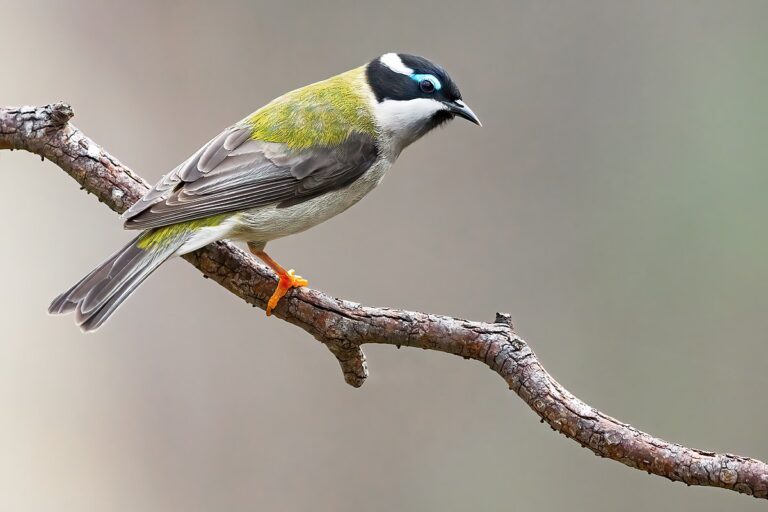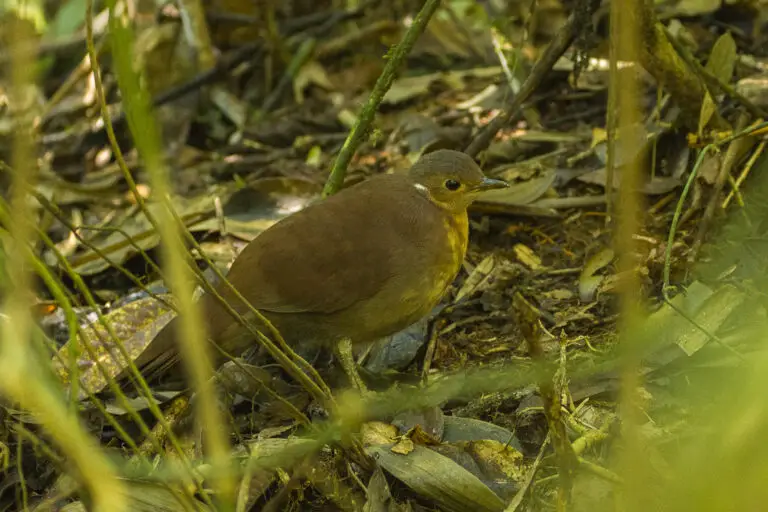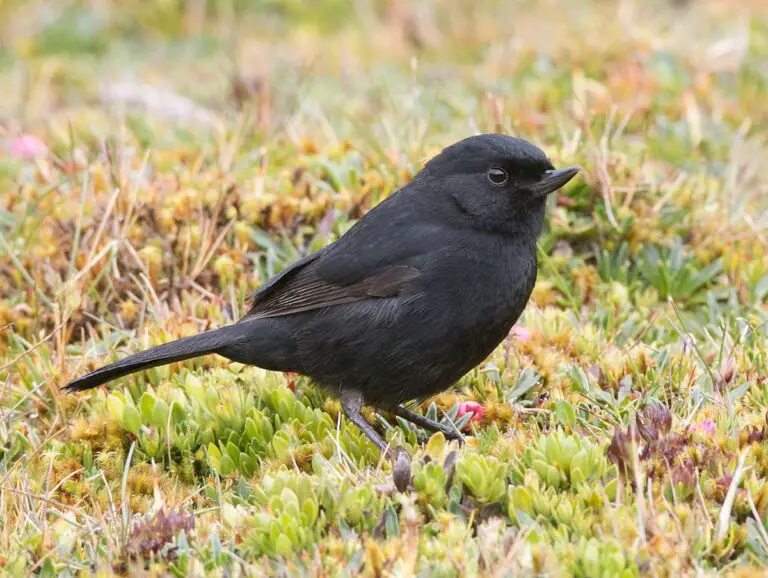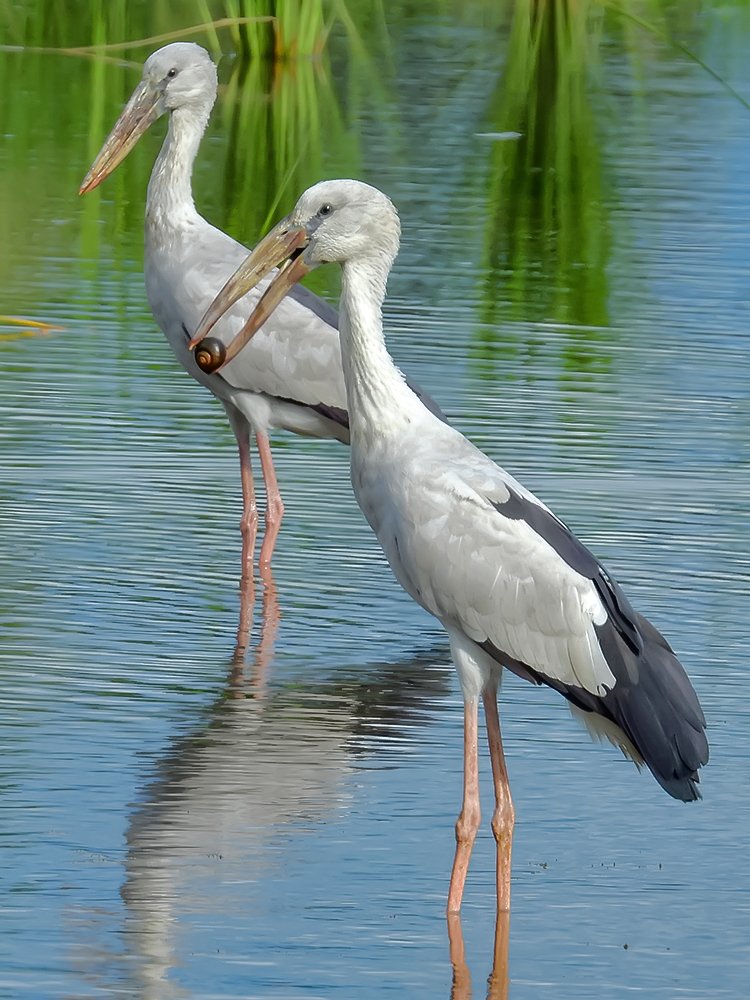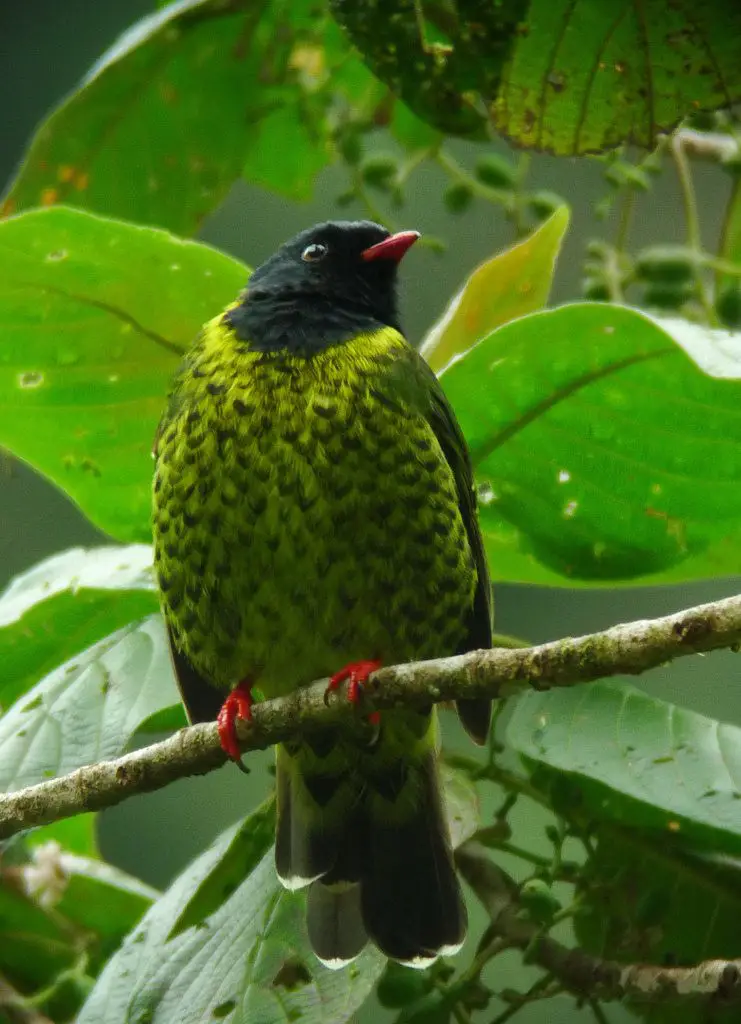Hawaiian Coot Bird
Scientific Classification
Domain: Eukaryota
Kingdom: Animalia
Phylum: Chordata
Class: Aves
Order: Gruiformes
Family: Rallidae
Genus: Fulica
Species: F. alai
Hawaiian coot Overview
The Hawaiian coot, also known as the ʻAlae keʻokeʻo in Hawaiian, is a small waterbird found only in the Hawaiian Islands. It has a black body, white bill, and red eyes, making it easily recognizable. The Hawaiian coot is a skilled swimmer and diver, feeding mainly on aquatic plants, insects, and small fish. They are typically found in freshwater wetlands, lakes, and ponds throughout the islands. The Hawaiian coot is considered an endangered species due to habitat loss, predation, and competition with introduced species. Conservation efforts are being made to protect and preserve their habitats in order to ensure the survival of this unique and beautiful bird.
Hawaiian coot Characteristics
The Hawaiian coot, also known as the ʻalae keʻo keʻo, is a medium-sized water bird. It has black feathers with a white bill and frontal shield. The Hawaiian coot is endemic to Hawaii and can be found in freshwater ponds and marshes. It feeds on aquatic plants, insects, and small fish. The Hawaiian coot is listed as an endangered species due to habitat loss and predation by introduced mammals.
Hawaiian coot Habitat
The Hawaiian coot, also known as the ‘alae kea’, is a unique waterbird found in the wetlands and marshes of Hawaii. These birds are known for their distinctive white bills and black plumage. They build their nests near the water’s edge and feed on aquatic plants and insects. The Hawaiian coot is a protected species due to habitat loss and predation by introduced predators. Conservation efforts are being made to protect their habitat and ensure their survival for future generations to enjoy. Let’s work together to preserve the habitat of the Hawaiian coot and protect this beautiful bird.
Hawaiian coot Sounds
The Hawaiian coot, also known as ‘Alae ke’oke’o, is a unique bird that can be identified by its distinctive sounds. It makes a variety of calls, including a loud, high-pitched “kow-kow-kow” and a series of short, sharp “kek” notes. These sounds are used for communication with other coots, especially during mating season and territorial disputes. The vocalizations of the Hawaiian coot add to the rich soundscape of wetland habitats in Hawaii, making them a fascinating species to observe and listen to.
Hawaiian coot Diet
The Hawaiian coot is a bird species found in Hawaii that primarily feeds on aquatic plants, insects, and small invertebrates. Their diet consists of a variety of vegetation such as algae, pondweeds, and water lilies. They also consume small fish, crustaceans, and mollusks found in their wetland habitats. The Hawaiian coot has a specialized diet that is high in fiber, protein, and essential nutrients to support their active lifestyle. It is important for the Hawaiian coot to have access to clean water sources and abundant food supply to maintain their health and well-being in their natural environment.
Hawaiian coot Predators
The Hawaiian coot, also known as the ʻalae kea, faces several predators in its natural habitat. One of the main threats to this bird is the introduced mongoose, which preys on their eggs and chicks. Cats and dogs are also known to hunt the Hawaiian coot, especially in areas where they have been introduced by humans. Additionally, the loss of wetland habitats due to development and invasive plant species has made the Hawaiian coot more vulnerable to predators. Conservation efforts are being made to protect this endangered bird species, including predator control programs and habitat restoration projects. By addressing these threats, we can help ensure the survival of the Hawaiian coot for future generations to enjoy.
Hawaiian coot Life span
The Hawaiian coot, also known as ‘alae ke’oke’o, has a lifespan of 7-9 years in the wild. These small waterbirds are endemic to Hawaii and are known for their distinctive white bills and red eyes. They primarily inhabit freshwater marshes and wetlands, feeding on aquatic plants and invertebrates. Despite their relatively short lifespan, Hawaiian coots play an important role in the ecosystem by controlling insect populations and serving as prey for larger predators.
Hawaiian coot Conservation Status
The Hawaiian coot, also known as the ʻAlae keʻo keʻo, is classified as endangered by the IUCN Red List. This species is threatened by habitat destruction, predation by introduced mammals, and competition for resources with invasive species. Conservation efforts are being made to protect the remaining populations of Hawaiian coots through habitat restoration, predator control, and monitoring of breeding success. It is essential to continue these efforts to ensure the survival of this unique bird species in its native habitat.
Hawaiian coot Population
The Hawaiian coot, also known as the ʻalae keʻokeʻo, is a unique bird found only in the Hawaiian Islands. With its distinctive white bill and black body, this bird is a symbol of the islands’ natural beauty. Unfortunately, the Hawaiian coot is considered an endangered species due to habitat loss and predation by introduced species. Conservation efforts are underway to protect this special bird and its habitat. By supporting these efforts and learning more about the Hawaiian coot, we can help ensure that this beautiful bird continues to thrive in its native home.
Hawaiian coot Interesting Facts
The Hawaiian coot, or alae keoke`o, is a unique bird species that is endemic to Hawaii. They are known for their striking black and white plumage and bright red eyes. Hawaiian coots are skilled swimmers and divers, using their lobed feet to navigate through wetland habitats. They feed on a diet of aquatic plants, invertebrates, and small fish. These birds are highly territorial and will defend their nesting areas fiercely. Unfortunately, the Hawaiian coot population has declined due to habitat loss and predation by invasive species, making conservation efforts crucial to their survival.
Conclusion
In conclusion, the Hawaiian coot is a unique and endangered bird species found exclusively in the wetlands of Hawaii. Its distinctive appearance and habitat make it a valuable part of the local ecosystem, but threats such as habitat loss and introduced predators have put its population at risk. Conservation efforts are crucial to protect and preserve this iconic bird for future generations to enjoy.
